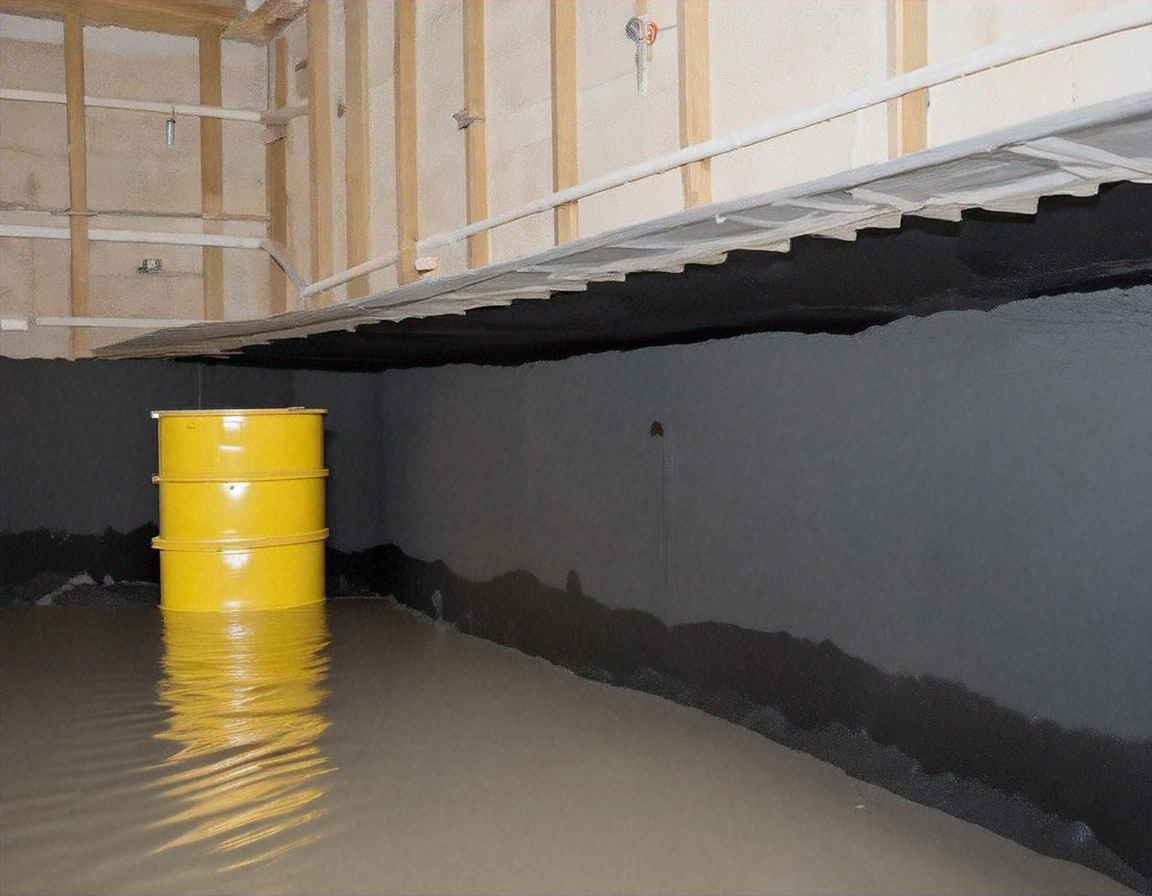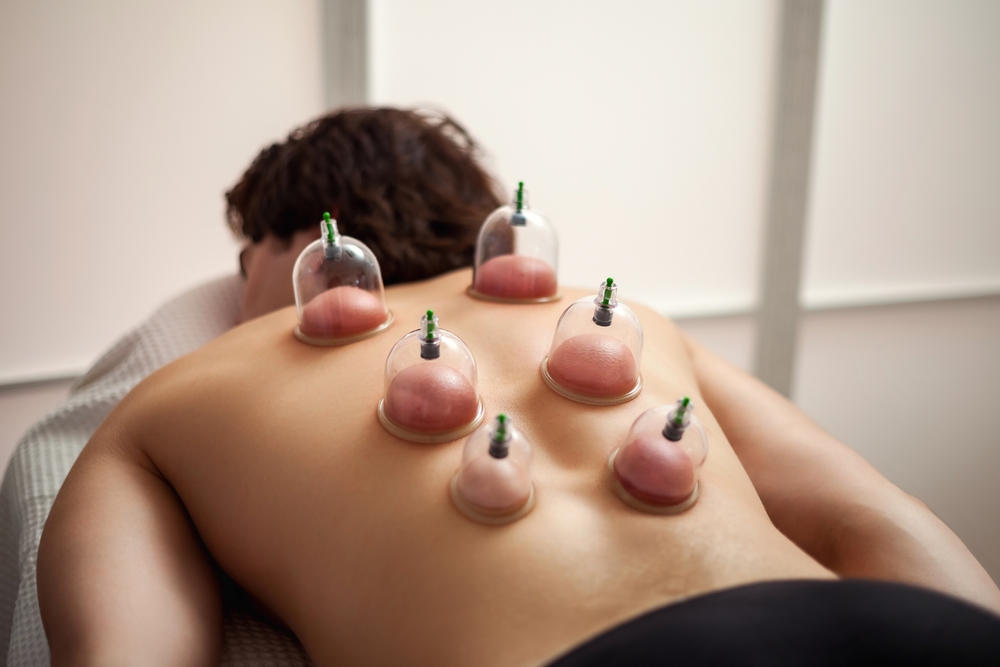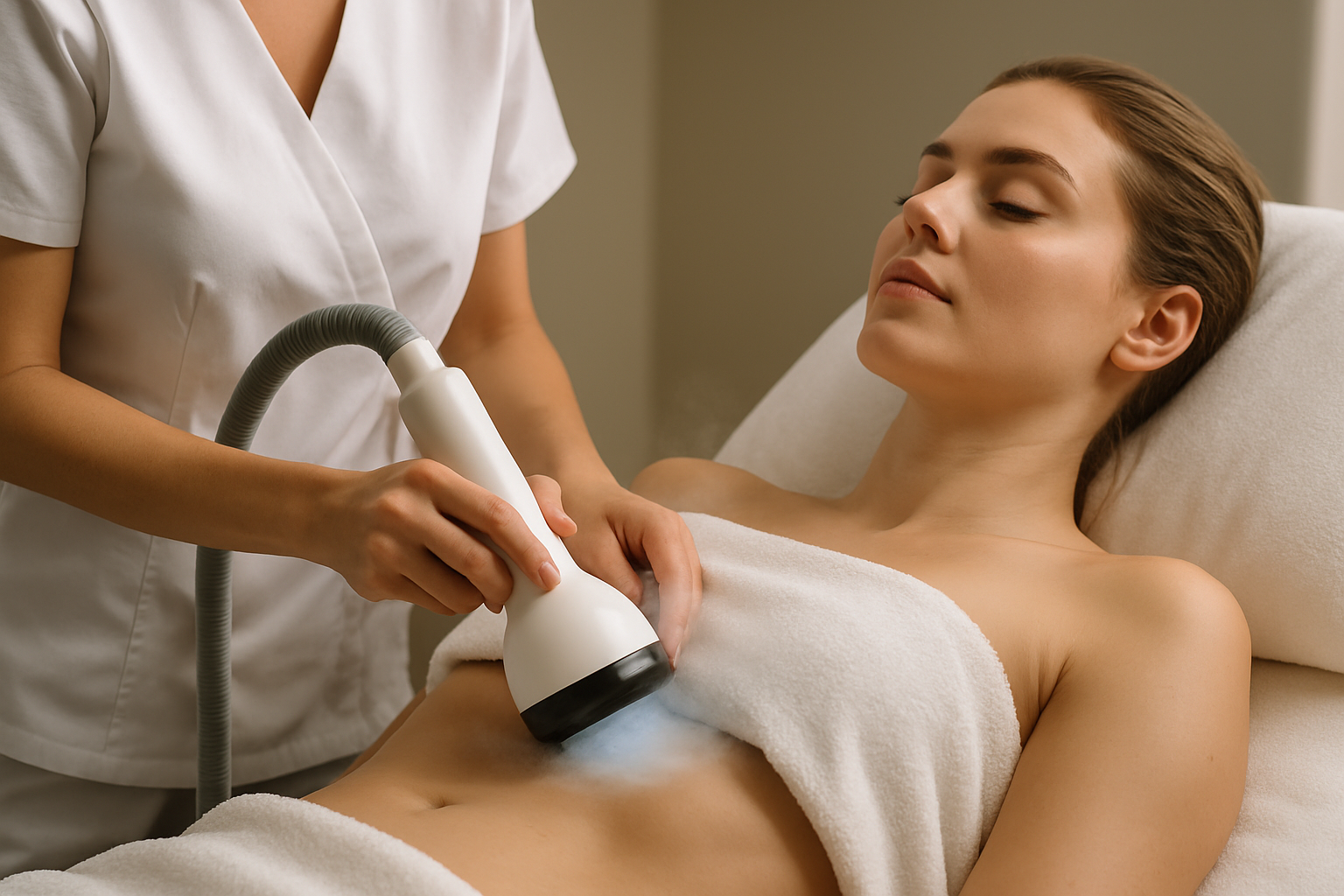What Is Microdermabrasion? The Complete Guide to Brighter, Smoother Skin
Microdermabrasion has become one of the most popular non-invasive cosmetic treatments for achieving smoother, more radiant skin. This gentle exfoliation technique removes dead skin cells from the surface, revealing fresher skin underneath while stimulating natural cell renewal. Whether you're dealing with fine lines, sun damage, or uneven texture, understanding how microdermabrasion works can help you make informed decisions about your skincare routine.

Microdermabrasion is a minimally invasive cosmetic procedure that uses fine crystals or a diamond-tipped wand to gently remove the outermost layer of dead skin cells. This mechanical exfoliation process helps improve skin texture, reduce the appearance of fine lines, and promote cellular turnover for a more youthful complexion.
The procedure works by creating controlled micro-injuries to the skin’s surface, which triggers the body’s natural healing response. As new skin cells form to replace the removed layer, the result is smoother, brighter skin with improved tone and texture. Most treatments take 30-60 minutes and require no downtime, making it an attractive option for busy individuals.
How Does Chemical Peel Compare to Microdermabrasion?
While both treatments aim to improve skin appearance through exfoliation, chemical peels and microdermabrasion work differently. Chemical peels use acid solutions to dissolve dead skin cells and penetrate deeper into the skin layers. Light chemical peels, such as those containing glycolic or salicylic acid, provide gentle exfoliation similar to microdermabrasion but with different mechanisms.
Microdermabrasion offers more immediate results with minimal recovery time, while chemical peels may require several days of healing depending on their strength. Chemical peels can address deeper skin concerns like melasma and severe sun damage, whereas microdermabrasion primarily targets surface-level issues. Many dermatologists recommend alternating between these treatments for comprehensive skin rejuvenation.
Can At-Home Microdermabrasion Kits Deliver Professional Results?
At-home microdermabrasion kits have gained popularity as a convenient and cost-effective alternative to professional treatments. These kits typically include handheld devices with crystal tips or diamond heads, along with suction mechanisms to remove dead skin cells. While they cannot match the intensity of professional equipment, they can provide noticeable improvements with consistent use.
Home devices generally offer gentler exfoliation, making them suitable for sensitive skin types or those new to microdermabrasion. The key to success lies in following manufacturer instructions carefully and maintaining realistic expectations. Professional treatments remain more effective for addressing significant skin concerns, but at-home options serve as excellent maintenance tools between salon visits.
How Effective Is Microdermabrasion for Acne Scars?
Microdermabrasion can help improve the appearance of superficial acne scars, particularly those with mild texture irregularities. The treatment works best on shallow, rolling scars and can gradually smooth out minor indentations over multiple sessions. However, deeper ice pick or boxcar scars typically require more aggressive treatments like laser resurfacing or chemical peels.
For optimal results with acne scars, dermatologists often recommend combining microdermabrasion with other treatments. This multi-modal approach might include chemical peels, retinoid therapy, or professional-grade skincare products. The gradual nature of improvement means patients should expect to see results after 6-10 sessions, with maintenance treatments every 4-6 weeks.
Professional Treatment Options and Providers
Several reputable providers offer professional microdermabrasion treatments with varying approaches and pricing structures. Understanding the differences can help you choose the most suitable option for your needs and budget.
| Provider Type | Treatment Method | Cost Estimation | Key Features |
|---|---|---|---|
| Dermatology Clinics | Diamond-tip microdermabrasion | $100-200 per session | Medical supervision, customized treatment |
| Medical Spas | Crystal or diamond microdermabrasion | $75-150 per session | Spa environment, package deals |
| Aesthetic Centers | HydraFacial with microdermabrasion | $150-300 per session | Combined treatments, advanced technology |
| Beauty Salons | Basic crystal microdermabrasion | $50-100 per session | Affordable option, basic equipment |
Prices, rates, or cost estimates mentioned in this article are based on the latest available information but may change over time. Independent research is advised before making financial decisions.
What to Expect During and After Treatment
During a professional microdermabrasion session, your skin will be cleansed before the technician uses the microdermabrasion device in gentle, overlapping passes. Most patients describe the sensation as similar to light sandpaper moving across the skin, with mild suction creating a pulling feeling. The procedure is generally comfortable, though those with sensitive skin might experience slight discomfort.
Post-treatment care involves avoiding sun exposure, using gentle skincare products, and applying broad-spectrum sunscreen daily. Some patients notice immediate improvements in skin texture and brightness, while others see gradual changes over several days. Mild redness typically subsides within a few hours, and makeup can usually be applied the same day.
Regular microdermabrasion treatments, whether professional or at-home, can significantly improve skin texture, reduce fine lines, and create a more radiant complexion. The key to success lies in choosing the right approach for your skin type, maintaining realistic expectations, and following proper aftercare protocols for optimal results.
This article is for informational purposes only and should not be considered medical advice. Please consult a qualified healthcare professional for personalized guidance and treatment.




